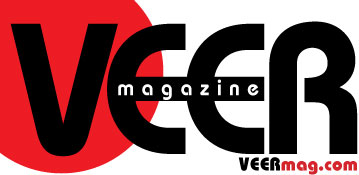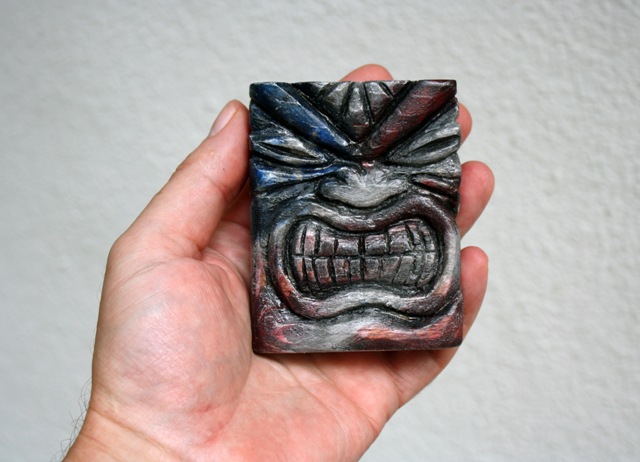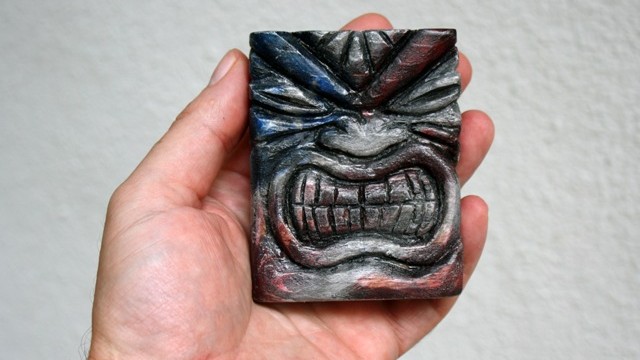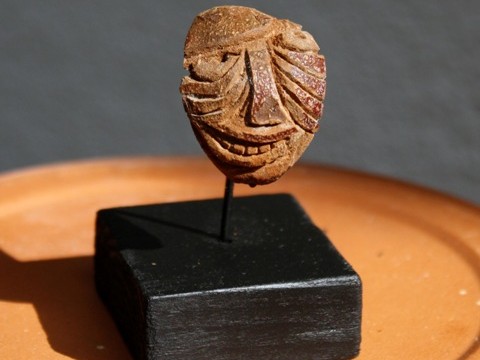By Jeff Maisey
Each year, Charles H. Taylor Art Center in Hampton challenges local artists to think small.
Really small.
Miniature.
As a result, dozens of painters, sculptures and mixed media artists rise to the occasion by submitting itty bitty work exhibited as Small Works: Miniatures by Tidewater Artists.
One of this year’s participants is Virginia Beach’s Hal Weaver.
Back in the ‘80s and ‘90s, Weaver was a popular fixture on the local art scene, whether from his graphic novel work or sizeable sculptures unique for their detailed facial expressions.
I recently asked Hal to share his insights when getting down to the nitty gritty of art in miniature.
What are the challenges in creating miniature artwork?
Even on larger pieces, I’ve always worked at a fine level of detail, so I am accustomed to that kind of focus. The two challenges to creating miniature work are my eyes and understanding the physical material. Concentrating on a tiny area, sometimes while wearing magnifiers, puts a strain on my eyes, so I’ve had to learn to pace myself. Understanding just how far I can push the material that I am carving is an education that will never end. Since I’m working with natural, organic materials, there is always an anomaly of some kind, like a knot in the wood or a dead area in the nut husk, so I have to either adapt the imperfection into the piece or discard it and try again.
Much of your work focuses on masks with expressions and carved details in the face. What draws you to this subject?
I’ve always been drawn to intense faces, old, wrinkled faces, primitive faces and masks. I don’t have an intellectual reason why, just a gut instinct. The power of someone’s personality can be seen in his or her face.
Your small works are similar in appearance to artifacts one might expect to find in places such as Mexico or places in South America. Can you share your influence?
I am influenced by many primitive cultures, but find inspiration from Mesoamerican culture as you mentioned, particularly the Mayan and Olmec people, but also African Tribal carvings and Polynesian Tiki art.
You once created large-scale masks titled “God Masks.” Can you compare/contrast with “small works” from your approach as the artist?
I find the process of creating miniature work is a quick, intensely focused burst of creative energy, while doing the larger pieces like the “GOD MASKS” was more physical and required stamina. The miniature pieces create an intimate space with the viewer and feel more mysterious, while the larger pieces feel more self-contained. For now I prefer working small, but I’ll be curious to see how the miniature work will change my larger work when I return to it.
What are the dimensions of your small works, and what tools, techniques do you use?
The “Lo-Fi-Ga” series of tiny god masks are carved from Hickory nut husks and are about an inch-and-a-half high by an inch wide without the base. I’m also doing small woodcarvings in cedar and those pieces are generally no larger than three or four inches on a side. I primarily use carving knives and chisels, but also use a Dremel tool for some shaping and finishing work.
These invitational art exhibits at Charles H Taylor are popular among local artists. What do you enjoy about the experience?
First, I have to thank James Warwick Jones (gallery manager and curator at The Charles H. Taylor Center) for inviting to be part of the “Small Works” exhibition, as it led me to this wonderful miniature world. This is the fourth year in a row for me and I always look forward to this show. I always enjoy the astonishing variety of styles and mediums on display. There is definitely something for everyone!
Small Works: Miniatures by Tidewater Artists
October 17 through December 6
Charles H. Taylor Art Center






